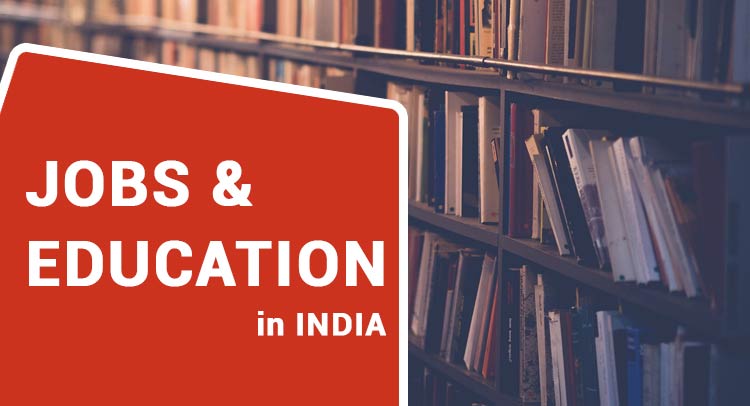A Public Interest Litigation (PIL) was filed in the Supreme Court challenging the new quota law on Thursday. It is the court decision either to admit the petition or not. But the central declaration of the new reservation is 10 percent of government jobs and 10 percent of higher education seats are reserved for the economically weaker sections in the general category. It will authorize the disadvantaged approaches against the reality of available opportunities in both capacity and quality of the public jobs and college and university capacity.
Assumption I: The Government Job turnover is reducing
If central government jobs are taken as representatives for the general government sector, the present scenario of jobs is not at all encouraging. A drop of 20 percent has been observed from the peak in 1995 till 2014. Along with this, the share of public sector jobs is coming down sharply in organized employment in India. From the highest record of over 71% in 1990-91, the share fall down to less than 60% in FY12 and the fall is still continuing. Also, there has been an 89% fall in the direct recruitment process in central government ministries & departments, as a representative question during this government’s term showed between 2013 & 2015. All the government vacancies are not being filled up to maintain the fiscal line.
Conclusion
This means that, once the new quota kicks
in, total government jobs going forward will be much lesser than the potential
pool of candidates for these jobs.
Assumption II: There is a problem of both supply and quality in India’s Higher Education
India’s gross enrolment ration which means the number of college-going students versus the total population in the 18-23 age group is very low based on the global standards. India’s GER is 25, while South Korea’s and China’s GER is 93 and 48 respectively. This shows that in spite of a high increase in the number of higher education institution with response to market demand, still there’s no adequate supply of seats even if, for example, 20 percent more Indians in 18-23 age group want to join colleges. Along with this, there is a quality problem. In higher education, he plunge for quality is usually in the government and government-aided institutions, just not only in IITs and IIMs but also Indi’s better colleges. But almost all capacity has been in the private sector in higher education. According to the research made 67.3 percent of students are in private institutes. But the quality is highly suspect in most of these institutes. The percentage of enrolment in general category students is reducing in higher education. This shows many potential college students are picking out of studies because of lack of reasonable-quality education.
Conclusion
Without
improvement in capacity creation in better government institutes and quality
improvement in the private sector, introducing another education quota will
mean little.

